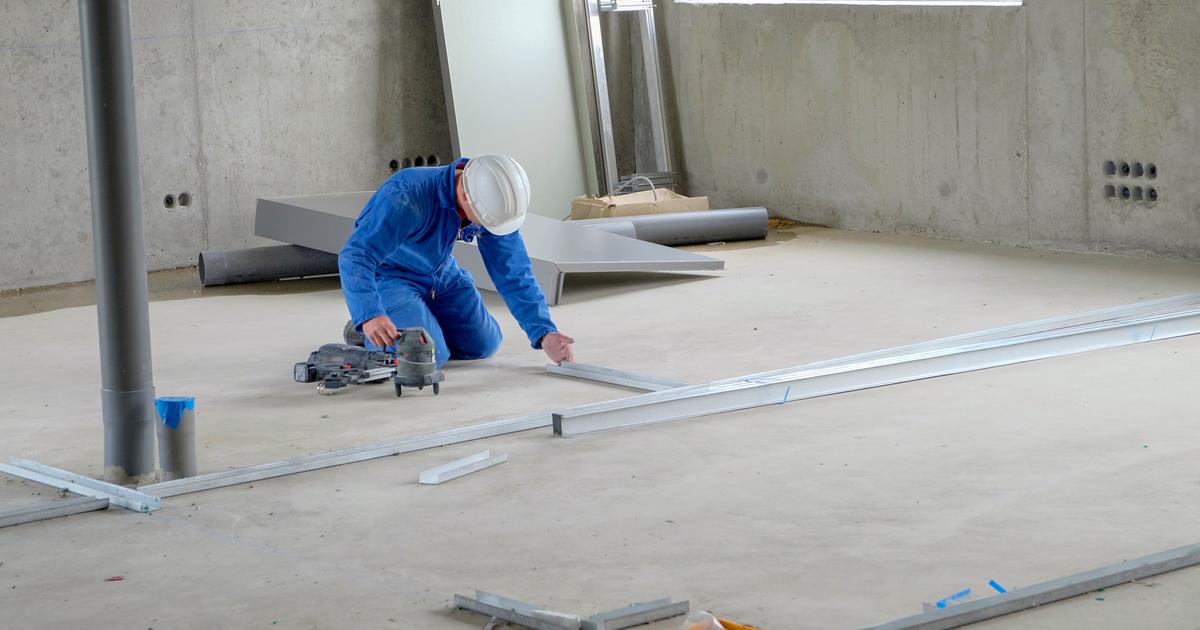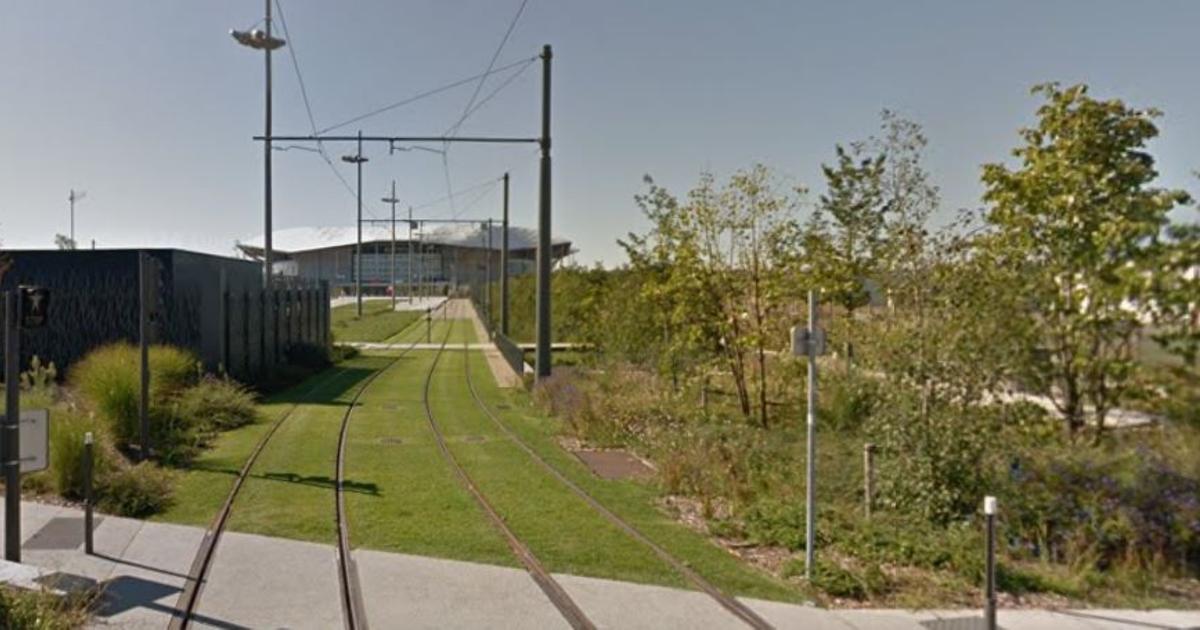Buenos Aires has been making efforts, for some years, to improve metropolitan rail services, including the modernization and electrification of branches.
Also in the area of Subways, a comprehensive plan to renew stations has been proposed.
But a deeper and more ambitious agenda can be projected.
Between the end of the 19th century and the beginning of the 20th century, as in other cities, the development of railway networks had a fundamental boost.
However, from the second half, by action and omission, it was considered that the service that could be provided with the car was more efficient.
Today the consequences of congestion, the costs for society, household budgets, the environment and the forms of urbanization to which it gives rise are known, to know that there is no sustainable solution if the car is the exclusive option .
Even if it happens to be electric.
Complementarily, a wide offer of automotive public transport has been developed, whose role is essential.
But it is enough to see what happens when guided services are interrupted to become aware of the limits of their capacity, even where there are circulation priorities.
Other large metropolises continued to develop the railway.
Tokyo, the largest in the world, with more than 36 million inhabitants, has been structured along railway corridors with internal coherence of programs and activities, which generate sustained demand throughout the day.
It has private operators with a long-term vision.
Associated with local governments and prefectures, they intervene in urban development and asset management.
Part of this Japanese model was successfully taken over for Hong Kong and, with variants, for large Chinese cities.
Although it produces collateral effects to be prevented, it is a scheme that allows a very unique complement between quality mass public transport, trips on foot and by bicycle around stations full of urban vitality.
In Paris, the metropolitan railway and the metro were developed in a first phase until shortly before the Second World War.
Then, with the development of the regional express network, in the plans of the 60s.
And today, with the development of the Grand Paris Express, a 200 km double orbital, with 68 new stations being built simultaneously.
In this case, it is basically public companies that develop the works and provide the services, with a planned opening to competition.
The organizing authority passes contracts with the provider companies, basically public.
On the other hand, stations and their respective environments have been the subject of particular concern: the mode mix experience is essential for the service to be the most attractive option.
In each one, public spaces and urban operations are developed on the local plans defined with the mayors and local communities.
It is true, the railway has a high initial investment.
But also amortization times and benefits that amply compensate it.
This is demonstrated by several international examples.
In any case, a State and local governments are needed to articulate its growth.
Thus, it is necessary for the projects that are conceived, appropriate to our reality, have a solid technical and economic foundation, that have the consensus of the different jurisdictions involved, with a planned and sustained execution over time.
Along with other major issues, due to its fundamental impact on the economy, inclusion and quality of life, the future of the rail service deserves to be the subject of a profound electoral debate.
Andrés Borthagaray is president of the Furban Foundation. Director for Latin America, Institute for the City in Motion









